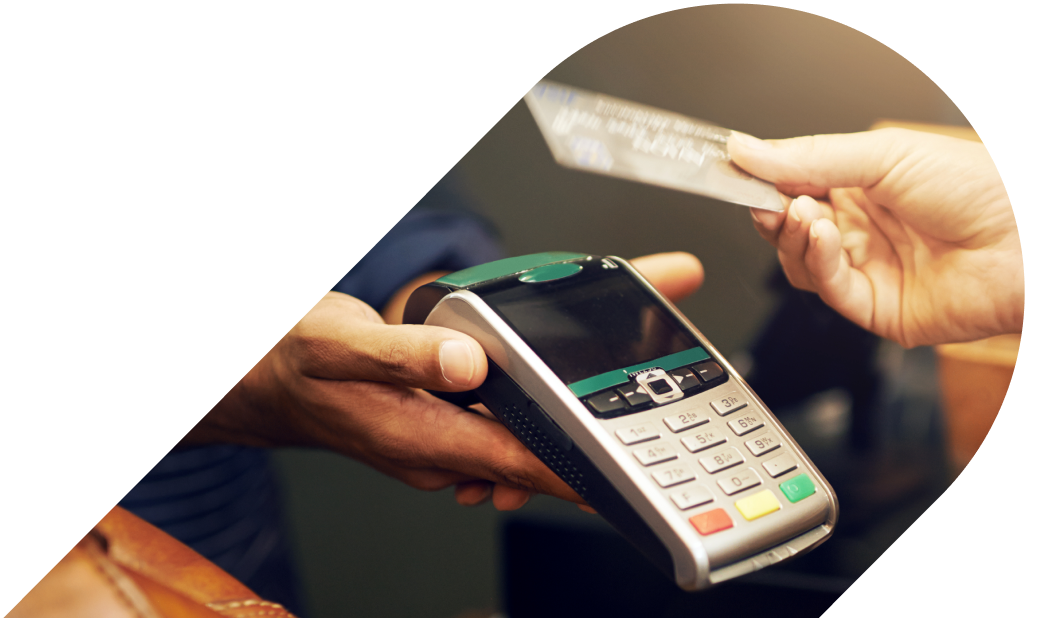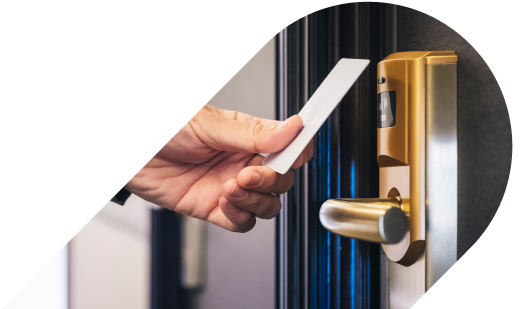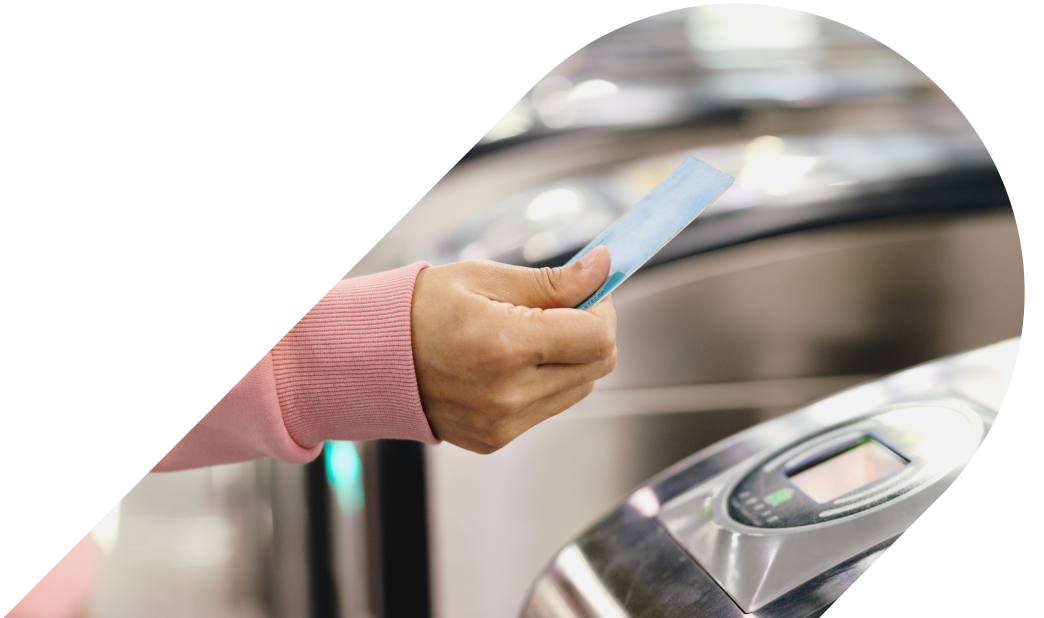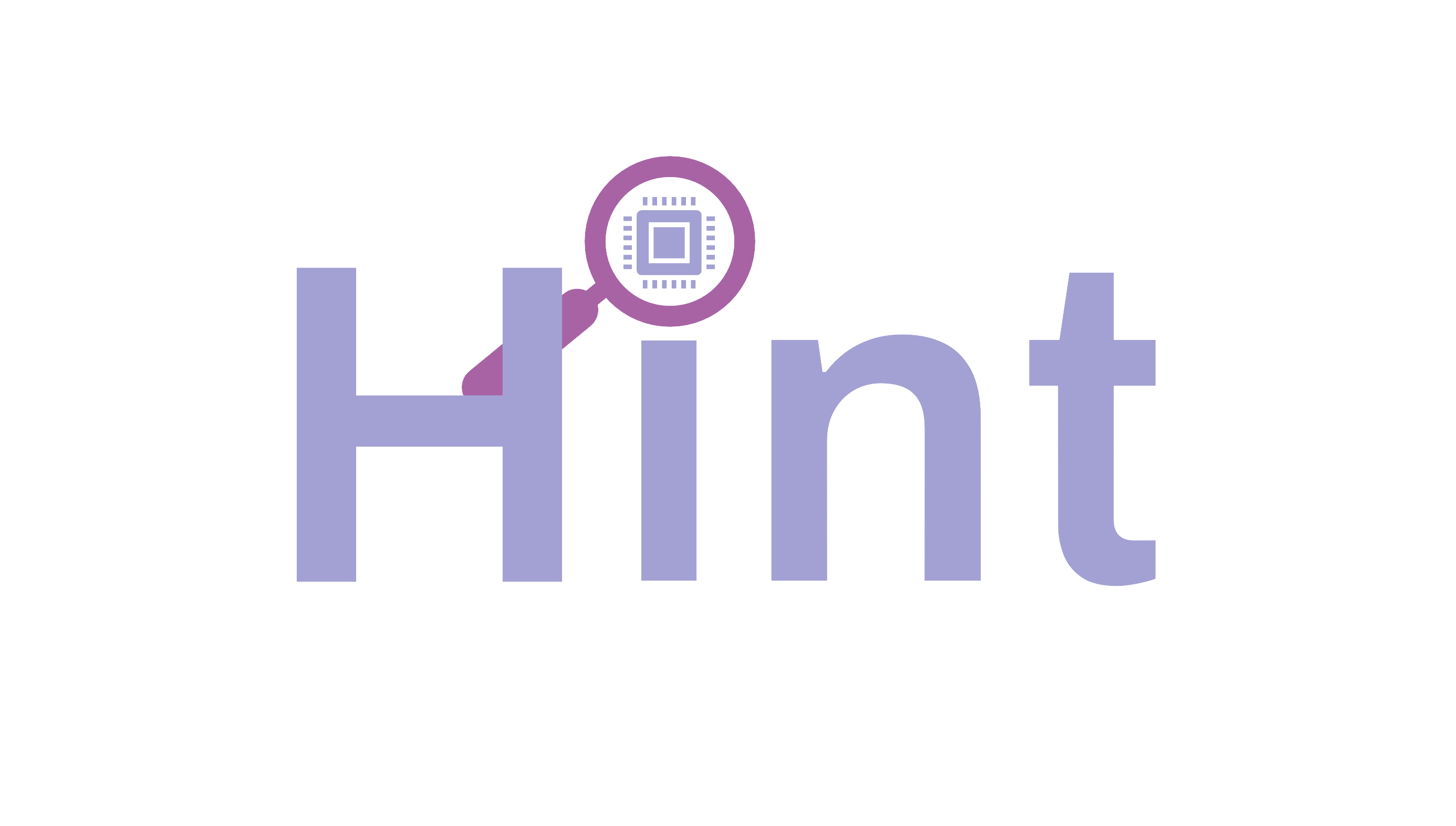Linxens unveils Hint: the first security feature that detect chip-tampering of identity documents
Linxens, global leader in component-based security and identity solutions today announces the Hint, a new solution designed to help border agencies and law-enforcement services detect easier falsified or tampered identity documents. The Hint is the first feature on the market specifically developed to reveal attempts to damage the chip embedded in electronic identity documents.
Embedded directly inside the inlay layer of a secure document, the feature detects magnetic, electrical or physical attempts to disable or alter the chip. This enables border officers and police forces to identify tampered documents faster and with higher precision, strengthening identity verification at airports, border crossings and administrative checkpoints.
The feature – unveiled on the opening day of Trustech 2025 tradeshow (Paris Expo – Porte de Versailles), can be integrated into any chip-enabled identity document, including electronic passports, national eID cards, residence permits and driver’s licenses.











